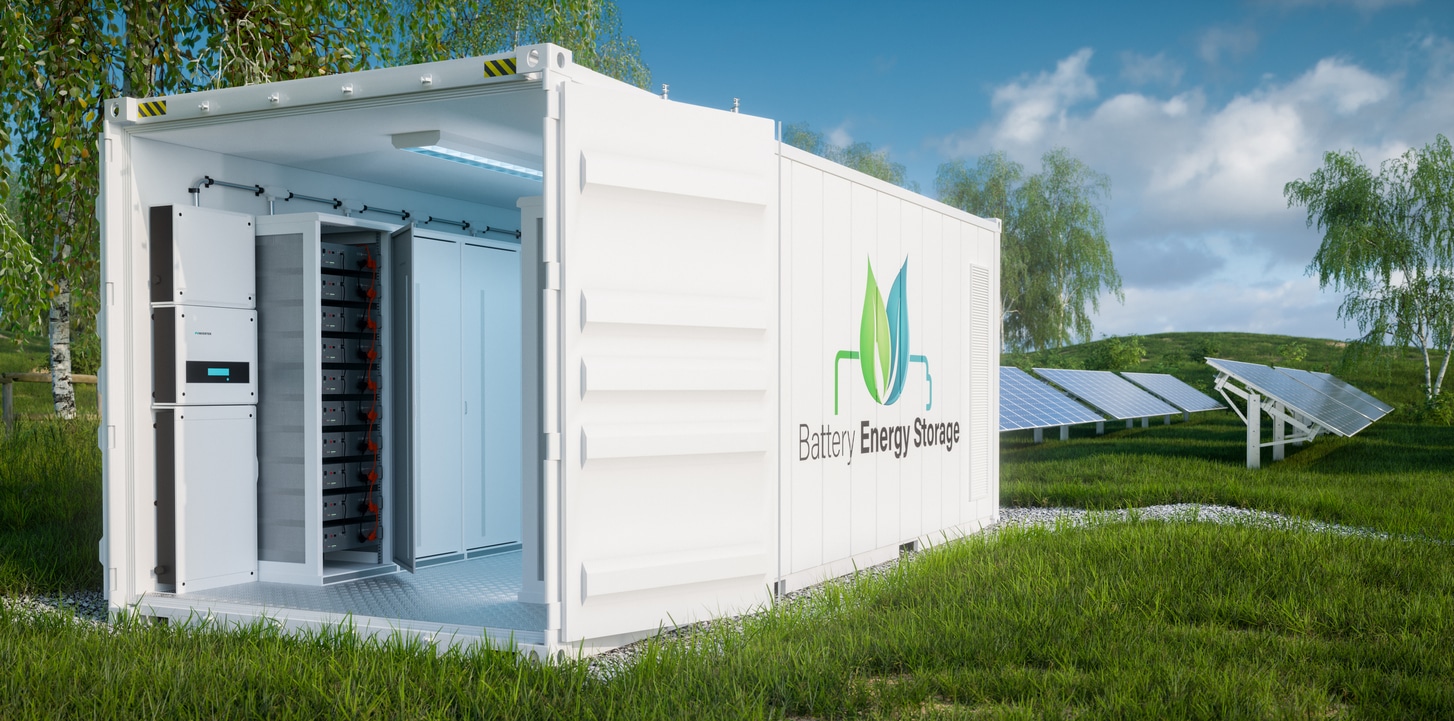
Revitalizing Aging Infrastructure Through a Green Retrofit: 3 Things to Change
Buildings are all around us. Humans need safe spaces to live, work, shop and receive medical care — however, the structures we rely on could harm the planet. Technology and accessibility allow for sustainable new buildings. A green retrofit to an existing building plays an equally important role in improving the environment.
What Is a Green Retrofit?
The built environment is a necessary part of life, but, it is also one of the most significant contributors to climate change. Impacts from the creation, use and repairs of buildings contribute to 40% of carbon emissions, contributing to the planet’s deterioration.
Climate change already contributes to extreme weather events, human health risks, species endangerment, as well as food and water scarcity. Without taking measures to improve the environment, the Earth we know might not be around for future generations. Maintaining eco-friendliness when constructing and caring for buildings helps create a healthier world.
Building designers now work to create sustainable buildings with natural materials and energy-efficient technologies to minimize their environmental impact. These plans work for new structures, but dismantling old buildings to replace them with eco-friendly alternatives leads to the remnants sitting in landfills and destroying the ozone layer.
Retrofitting breathes new life into old, unsustainable buildings by giving them green upgrades. Renovating and refurbishing these structures saves them, and the environment, by limiting the amount of materials ending up in landfills and emissions caused by the production of sustainable designs.
Many elements make a successful green retrofit. If you want to revitalize your building, here are three things to change.
1. Change Your Energy Source
Green energy is necessary to cut carbon emissions and improve your building’s sustainability. Improving your energy source can reduce operating costs, while aiding the fight against climate change.
Solar
One of the most popular and attainable renewable energy sources is the sun. There are two types of solar energy for buildings — active and passive. Active solar energy uses photovoltaic panels to transform the sun’s rays into usable electricity. Passive solar uses specific building designs to its advantage, collecting thermal mass through south-facing windows.
Wind
Wind energy is becoming more attainable for both commercial and residential properties. Turbines collect energy from the wind and turn it into power, if you can place it on a higher surface from the building or an unsheltered flatland.
Hydroelectric Power
You can research to see if your building has access to a hydroelectric power grid. It uses running water to create electricity cleanly and sustainably. Plants create the electricity and send it along power lines to your home or business.
2. Improve Your Energy Efficiency
Limiting energy use can reduce your carbon footprint for renewable or nonrenewable energy resources.
Sensors can detect data from around a home, including the energy items used. You can add them to appliances connected to smart panels designed to collect and display that information. The more you know about your building’s energy use, the more you can make changes to reduce your emissions.
You can submeter to get more insight. Cloud-based Internet of Things (IoT) systems and building automation systems (BAS) are both options. IoT options can deliver you real-life data on your smartphone so you can make adjustments as needed.
Continuous commissioning is tracking your heating and cooling use to ensure it’s running at its optimum level. Its design can resolve problems within your heating, ventilation and air conditioning system to improve comfort while optimizing energy use. Continuous commissioning utilizes implementers and validators to organize data and develop solutions.
Light-emitting diode (LED) bulbs are an efficient alternative to compact fluorescents (CFLs) and save around 75% of electricity. These bulbs have a long life span — one bulb can last several years. LED retrofits have sensors to track the occupancy of lighted rooms, allowing users to turn off unneeded lights.
Some programs can help you reduce energy costs during peak periods. Toning down electricity use during these periods puts less strain on the power grid, which impacts your home and community.
Air pollution is common in buildings, especially in urban areas. Dirt, smog and pesticides can cause irritation and illness for you or others in your building. Air filtration systems can help, but often waste energy by running when it isn’t necessary. Sensors capable of detecting the air quality can turn such systems on and off as needed.
Green roofs support the growth of plants like grasses, bushes and flowers on a roof. It’s easy to provide sustainable insulation, capture runoff and ward off the heat island effect.
3. Incorporate New Sustainable Materials and Systems
All structures need repairs and upgrades. Choosing sustainable materials can be part of a green retrofit, including the following:
- Reclaimed wood: Lumber’s structure and design makes it popular, but excessive use of this wood causes deforestation and it often goes to waste. You can purchase reclaimed wood, which comes from the leftover wood of other projects.
- Adobe brick: Adobe is a brick-making technique using natural materials. Made from clay, straw and soil, it takes no emissions to make. These materials are insulating and save money on temperature regulation. They are also long-lasting and recyclable.
- Precast concrete: Concrete is an excellent material for building foundations and other primary structures. Precast concrete is a sustainable, factory-made concrete using exact measurements, reducing emissions from manufacturing. It’s durable, withstanding harsh weather conditions without cracking.
- Laminated timber: This wood is stronger than traditional options and has high water resistance. It also has a lower carbon footprint than conventional options, is easier to work with and cuts down project time and emissions.
- Recycled plastic: Plastic is one of the highest carbon producers. Using recycled plastic keeps these items out of landfills and reduces emissions from new material creation.
- Bamboo: Bamboo is one of the most sustainable building materials. It is a strong and flexible grass that quickly regrows. Growing it is also beneficial, absorbing more carbon dioxide than trees. It is excellent for roofing and supporting your building.
Unlike destroying a building to add a new structure, replacing items when worn out or damaged can prioritize a resident’s health and well-being. Choosing green options lets you avoid contributing to the emissions created in production, avoid idle emissions as the structure stands and keep materials from sitting in landfills.
Turning Your Building into a Green Retrofit
Transforming your home or commercial building into a green retrofit can reduce your carbon footprint and minimize the built environment’s impact on the planet. Making environmentally friendly repairs, exploring better energy resources and conserving energy can help fight climate change.




Post a comment